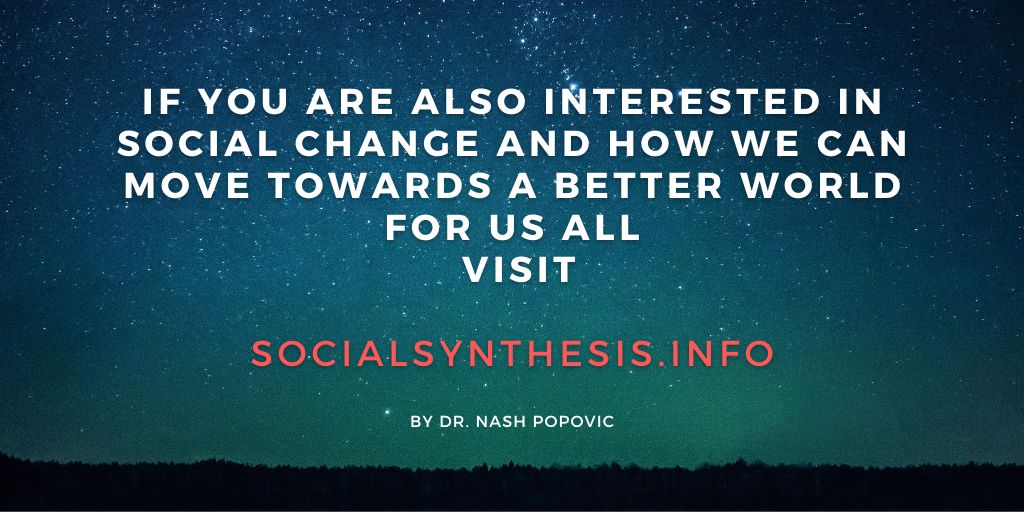19. Anticipatory Attitudes
When I look back on all these worries I remember the story of the old man who said on his deathbed that he had had a lot of trouble in his life, most of which never happened.
Winston Churchill (20c British statesman)
This area covers mental dispositions towards events that are not experienced but anticipated. These attitudes can affect our mental state, performance and even our health. We will consider here three such attitudes: worrying (characterised by apprehension), as well as optimism, and pessimism (characterised by overall positive and negative attitudes respectively).
Worrying
Worrying can be defined as an apprehensive reaction to the possibility of an undesirable outcome. It has characteristics of anxiety (because uncertainty is involved) and fear (because it has an object). The object of worry is always at a space or time distance, so relief from worry through immediate action is not possible, which is why it can be very frustrating.
Is worrying really useful?
The emotional impact of worrying may help focus the mind on the problem. Goleman (of Emotional Intelligence fame) writes that ‘worry is, in a sense, a rehearsal of what might go wrong and how to deal with it; the task of worrying is to come up with positive solutions for life’s perils by anticipating dangers before they arise.’(1) However, not only are worries unpleasant, but they usually become circular and repetitive, occupying our mind to the extent that they, in fact, prevent us from finding a solution: ‘worriers typically simply ruminate on the danger itself, immersing themselves in a low-key way in the dread associated with it while staying in the same rut of thought.’ This, in turn, makes assessing the situation more difficult and can be exhausting – much time and energy can be wasted on worrying. Just think about the last time you worried a lot: did it really help?
So, why do we worry?
Despite being unpleasant and mostly useless, there are many secondary reasons why worrying is so common:
- It is sometimes used as a means to: get attention (e.g. children notice that adults who worry get attention, so they start worrying too); maintain a sense of self-importance (e.g. a manager may worry excessively as it makes him feel important); sustain connection with everyday life (e.g. grandma’s worrying about her grandchildren may be a way of feeling connected to them); protect one from facing deeper fears or pains (e.g. a fear of loneliness may be covered by worrying that one’s partner may have an affair).
- Worrying is also closely related to a desire to maintain control, so it can be motivated by the belief that mental suffering will somehow affect the outcome: ‘the worry psychologically gets the credit for preventing the danger it obsesses about.’ This superstition is reinforced simply because most events that one worries about never happen anyway.
- The other common reason why we worry is to prove that we care (e.g. ‘If I don’t worry about my kids, this means that I don’t care for them’). However, these two are not the same, which is easy to see if you compare ‘I don’t care” with ‘I don’t worry’. Clearly you can care without worrying.
None of the above is very helpful long term. In fact, worrying is useful only if it initiates a solution-focused action, otherwise it is pointless. So go and do something about what makes you worry if you can (e.g. if you worry about an exam, start revising). If nothing can be done, there is no point in ruining the present by worrying about the future or something that is happening elsewhere. If what you worry about doesn’t materialise, worrying is unnecessary; if it does, all the more reason to enjoy the present while you can. Admittedly easier said than done, but the good news is that, unlike fear, worrying is learned (usually in childhood) through copying others. So, worrying is a habit that, as with other habits, can be modified and even unlearned.
How to reduce worrying
Just saying ‘stop worrying’ does not help; in fact, it can even increase worrying. However there are a number of other things you can do to reduce worrying.
Worry less
- Think about the worst thing that might happen and make decisions about what to do in that eventuality. If you are prepared for the worst, whatever happens you have nothing to worry about!
- It is easy to exaggerate how likely an event is to happen, so consider what the chances really are that what you worry about will actually happen.
- Distractions such as doing something engaging or socialising can also help (although worrying may come back later).
- Write your worry on a small piece of paper, make a ball of the papers and throw it into a bin.
- Use your imagination (e.g. imagine attach your worry to a balloon and ‘watch’ it flowing away, put your worry in a box, bury it, drop it into a lake, etc).
The above may help with transient worries, but some of us worry all the time about anything and everything. This intervention can be very effective if you worry habitually:
Worrying adjourned: allocate a limited period (e.g. a half hour, say between 7.00 and 7.30pm) for worrying. If you start worrying at any other time, just say to yourself ‘I will worry about it later.’ When the time comes, go on but don’t force yourself to worry, you may realise that actually there is nothing to worry about!
Let’s now consider two other ways of anticipating outcomes.
Optimism and pessimism
Broadly speaking, optimism is a general propensity to see things in a positive light, while pessimism is a tendency to focus more on the negative aspects of a situation. There are advantages and disadvantages to both. A superstition that you are destined to fail, a feeling of futility and bad luck that pessimism can lead to may sabotage your efforts and motivation to get anywhere. Optimism, on the other hand, can bring enthusiasm, increased energy and motivation. It is not surprising that people who have positive attitudes tend to be more productive, less stressed, and more confident about the future.
However, if such attitudes become blind optimism or fantasy, it can result in unrealistic expectations or carelessness that can be harmful in the long run. There are some advantages to being pessimistic. For example, it can prevent naivety that usually leads to underestimating risks and ultimately disappointment. Pessimism can motivate you to work harder and can prepare you better if things don’t turn out well. Surely, then realism must be best? Realism is important because it can moderate both, but it does not provide the emotional energy that pessimism and optimism do (anxiety and enthusiasm, respectively). So what then?
The synthesis
Both optimism and pessimism can be good and bad:
- Bad pessimism just believes in bad luck;
- Bad optimism just believes in good luck;
- Good pessimism is being aware of what is or can go wrong;
- Good optimism is believing that if something goes wrong, you will be able to deal with it.
In balance, the synthesis of realistic pessimism and realistic optimism may be the best choice. This is not the middle-ground, but getting rid of unhelpful elements of both and combining helpful ones: don’t expect either good or bad luck. Instead, be aware and prepare for what can realistically go wrong and then let yourself be reasonably optimistic. In other words, be pessimistic in your mind, but optimistic in your heart.
(1) Goleman, D. (1995) Emotional Intelligence. London: Bloomsbury, p.65.

